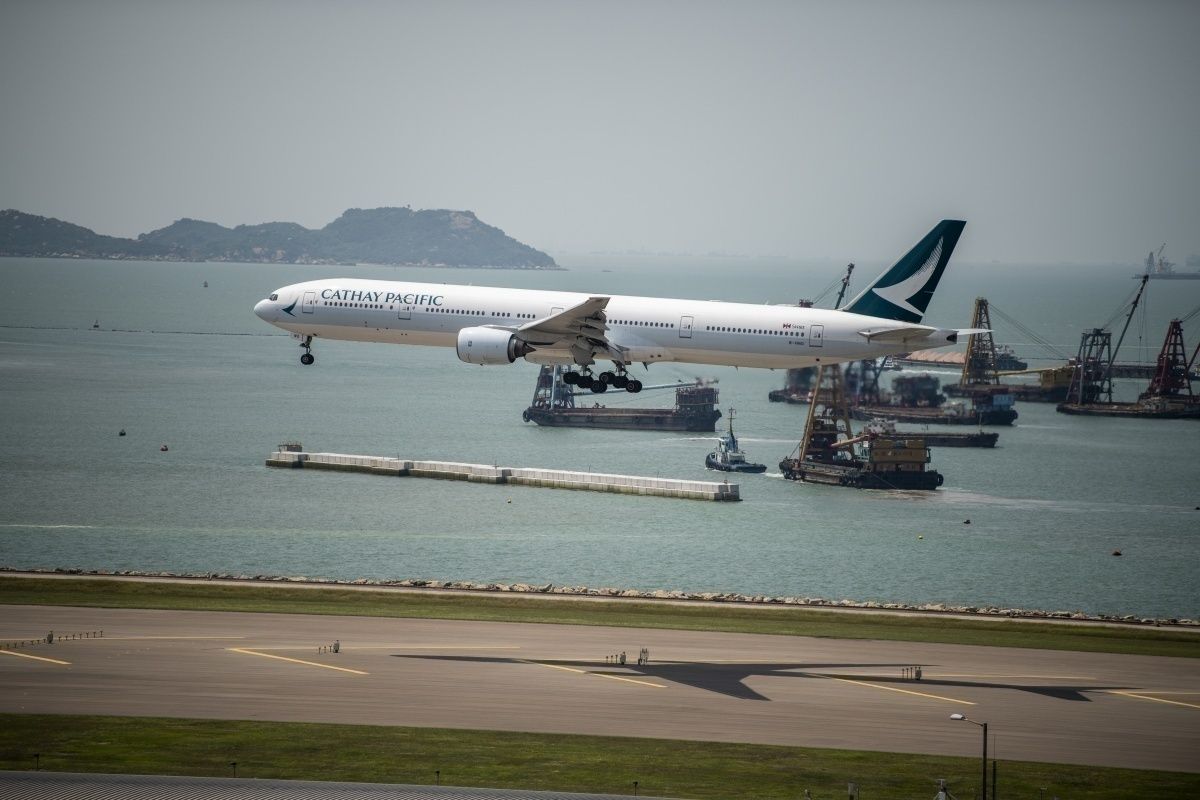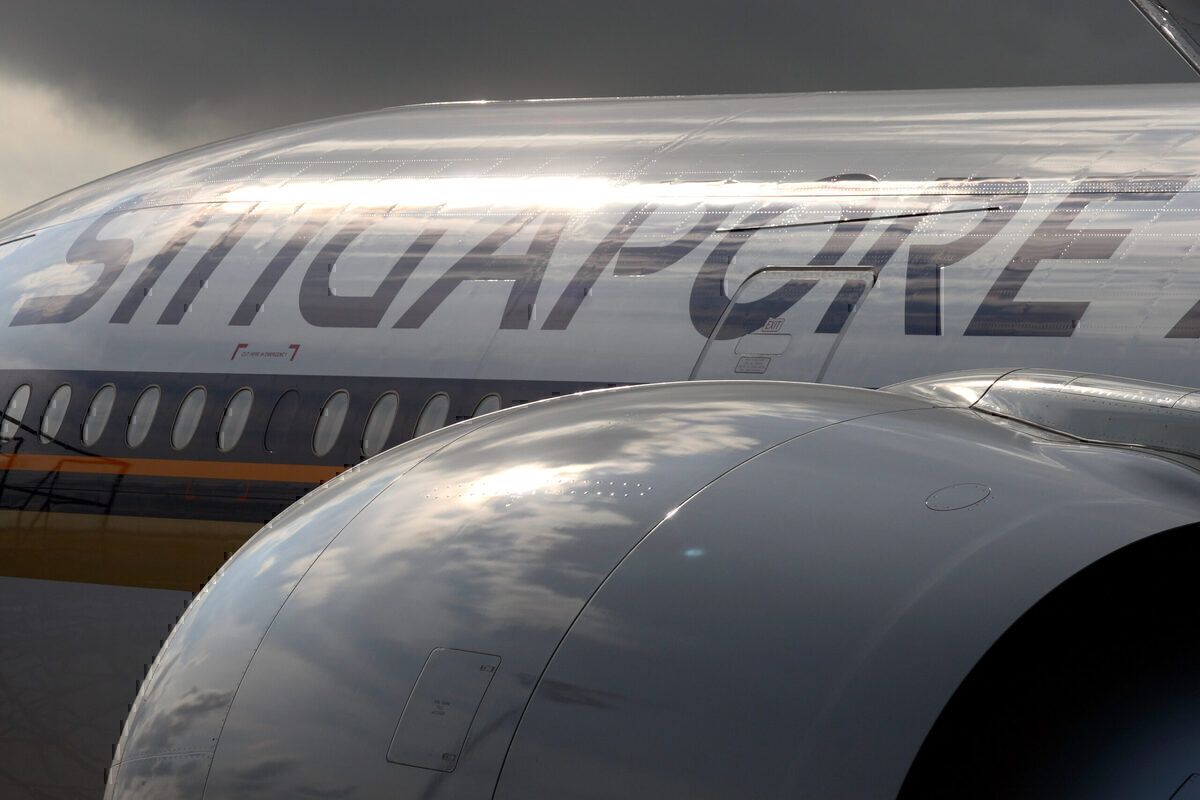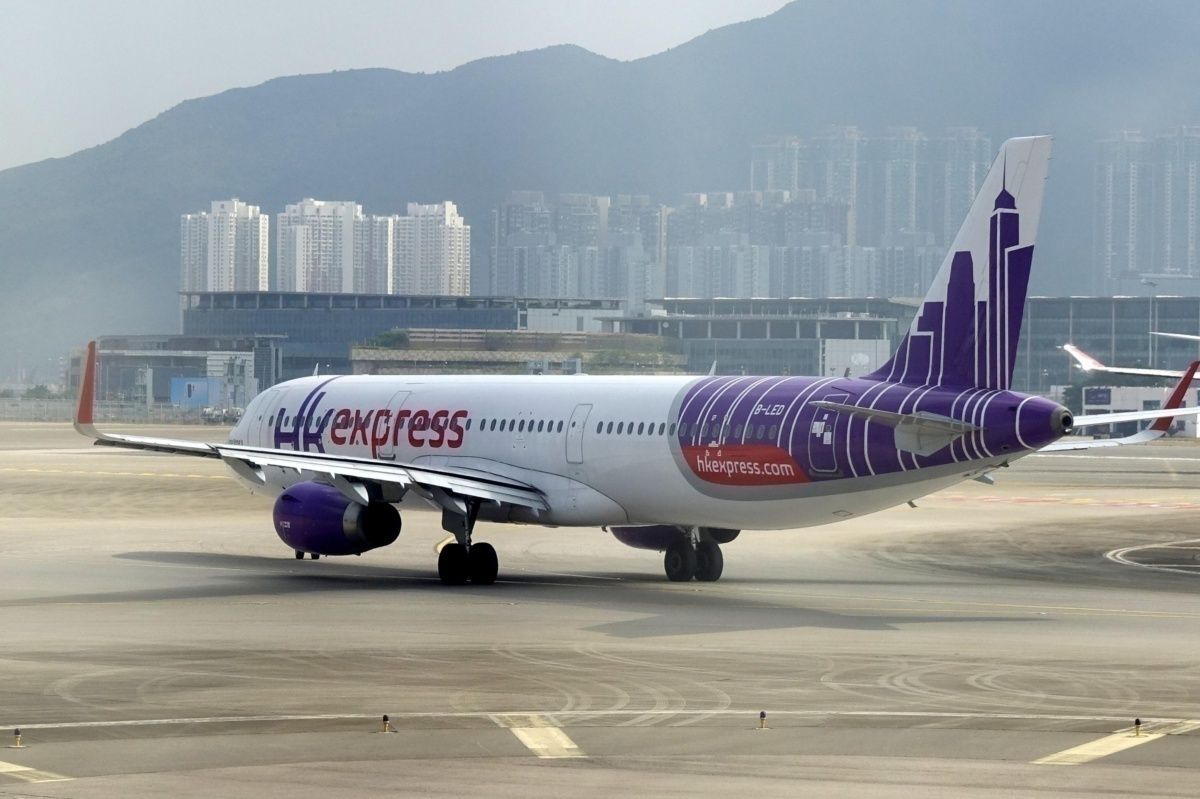On Thursday, Hong Kong and Singapore announced that they had reached a preliminary agreement to establish a no-quarantine travel bubble between the two Asian hubs. Under what has been agreed, those wanting to travel between the two Asian financial centers must first test negative for COVID-19. After that, they will then only be allowed to fly on specially designated flights.
Following the outbreak of the deadly coronavirus pandemic in Wuhan, China, both Hong Kong and Singapore closed their border and denied entry to anyone but citizens and long-term residents. At the moment, people returning to Hong Kong are required to undergo a 14-day quarantine and wear an electronic tracking bracelet.
No date has been set for the travel bubble
In the past few months, both Singapore and Hong Kong authorities have managed to stop the spread of COVID-19 and are now reporting low infection rates. According to a statement about the travel bubble carried by American news broadcaster CNN an agreement has been reached, but they have not yet announced when the travel bubble will begin.
"This is a milestone in our efforts to resume normalcy while fighting against the long-drawn battle of COVID-19," said Edward Yau, Hong Kong's Secretary for Commerce and Economic Development, in the statement.
Ong Ye Kung, Singapore's Minister for Transport, called it a "significant" move forward.
"It is a safe, careful but significant step forward to revive air travel, and provide a model for future collaboration with other parts of the world," he added.
Passengers must test negative
Under the plan, passengers are required to have tested negative to COVID-19 using a mutually recognized test. The travel bubble has no restrictions on why people are traveling between the two city-states and can visit for business, leisure, or study. What is critical to many visitors is that they will not be subject to any stay at home or quarantine notice and are free to move about as they please.
However, this freedom of movement depends on keeping COVID-19 under control and is subject to change should Hong Kong or Singapore experience a spike in infections. The introduction of a travel bubble between the two Asian cities is seen as a remarkable success story in how they have both combated the worst medical crisis this century.
The Chinese semi-autonomous state of Hong Kong experienced its third wave of the virus in July, seeing cases rise from single digits to a 149 a day. To combat the spread, authorities immediately cracked down on public gatherings and saw the number of coronavirus cases drop significantly to around a dozen a day by August.
Singapore had 1,000 cases a day
For its part, Singapore saw high numbers of cases in the spring, which it put down to crowded dormitories for Indian and Bangladeshi workers. With daily numbers of infected people reaching as high as 1,000 per day, the authorities put the dormitories on lockdown while at the same time isolating people who were infected. After several months of mass testing, they had COVID-19 under control and have now relaxed travel restrictions for business travel between Singapore and Malaysia.
Unlike in Asia, where COVID-19 seems to be under control, Europe is experiencing its second wave, with counties rushing to implement measures to contain the deadly virus. Travel bubbles may be the way to get people flying again, but given the current state of affairs in Europe, it is the last thing people are discussing.
What do you think about the Singapore and Hong Kong travel bubble? Will it work, and could it serve as an example to others? Please let us know what you think in the comments.



